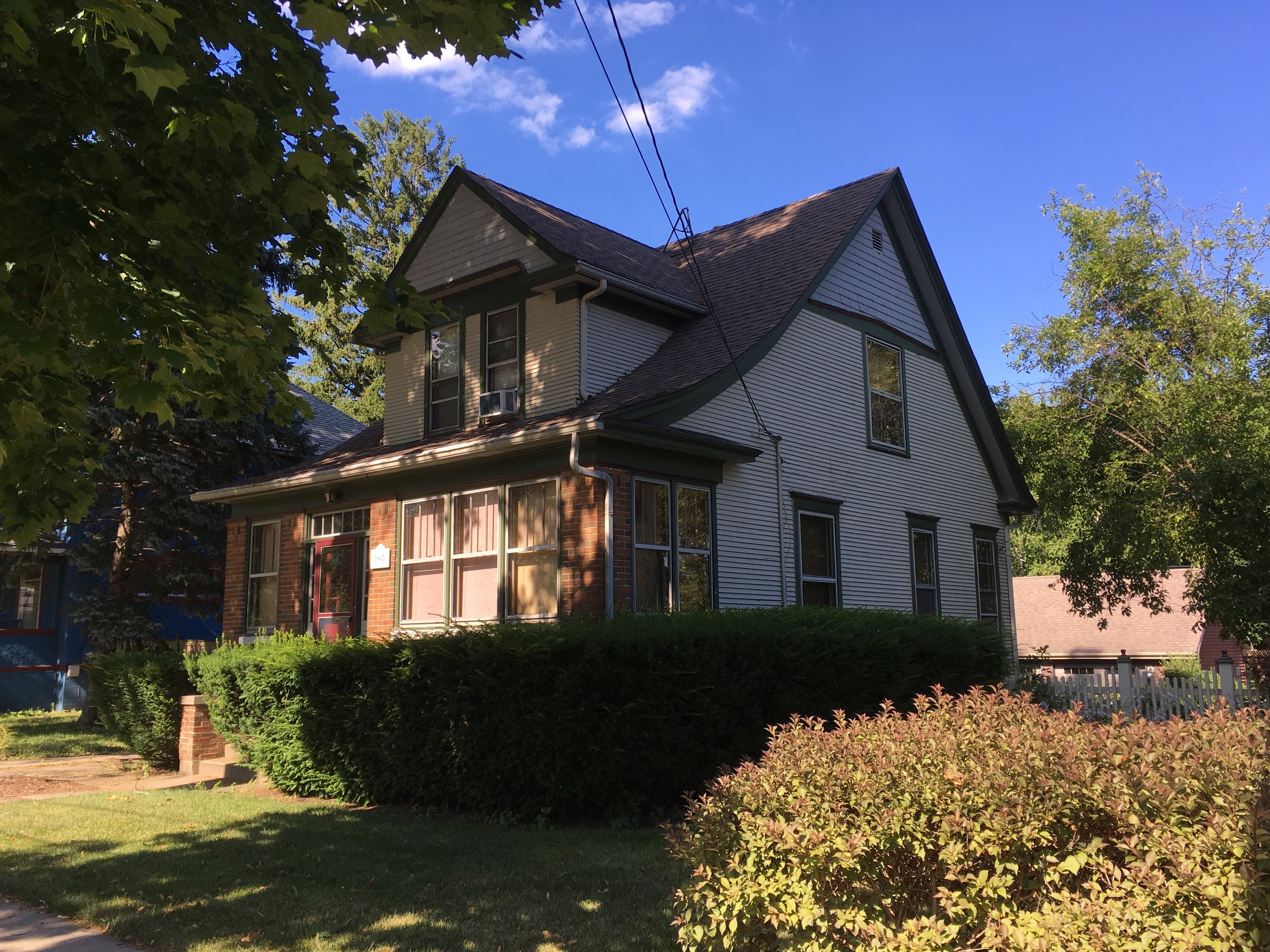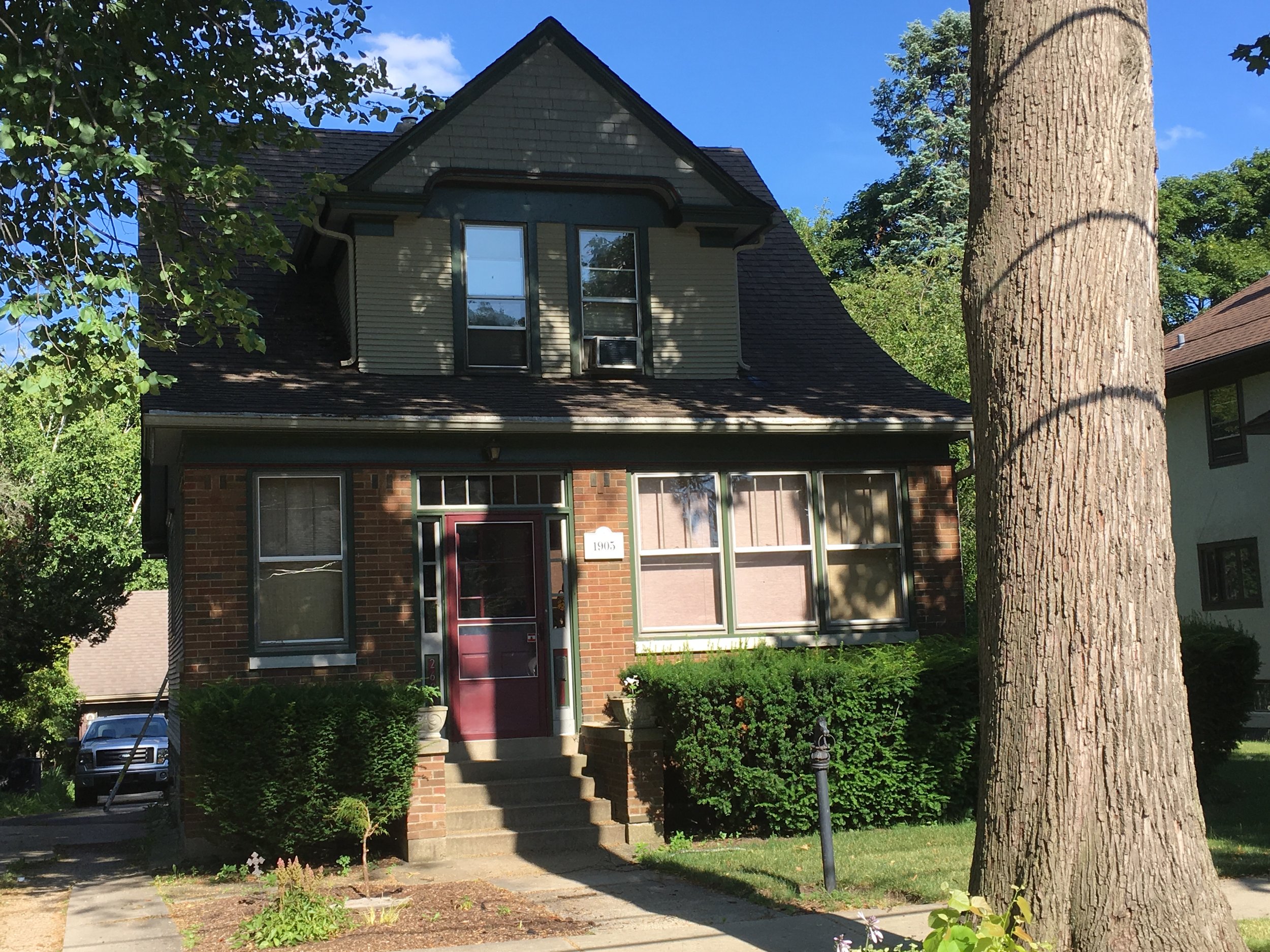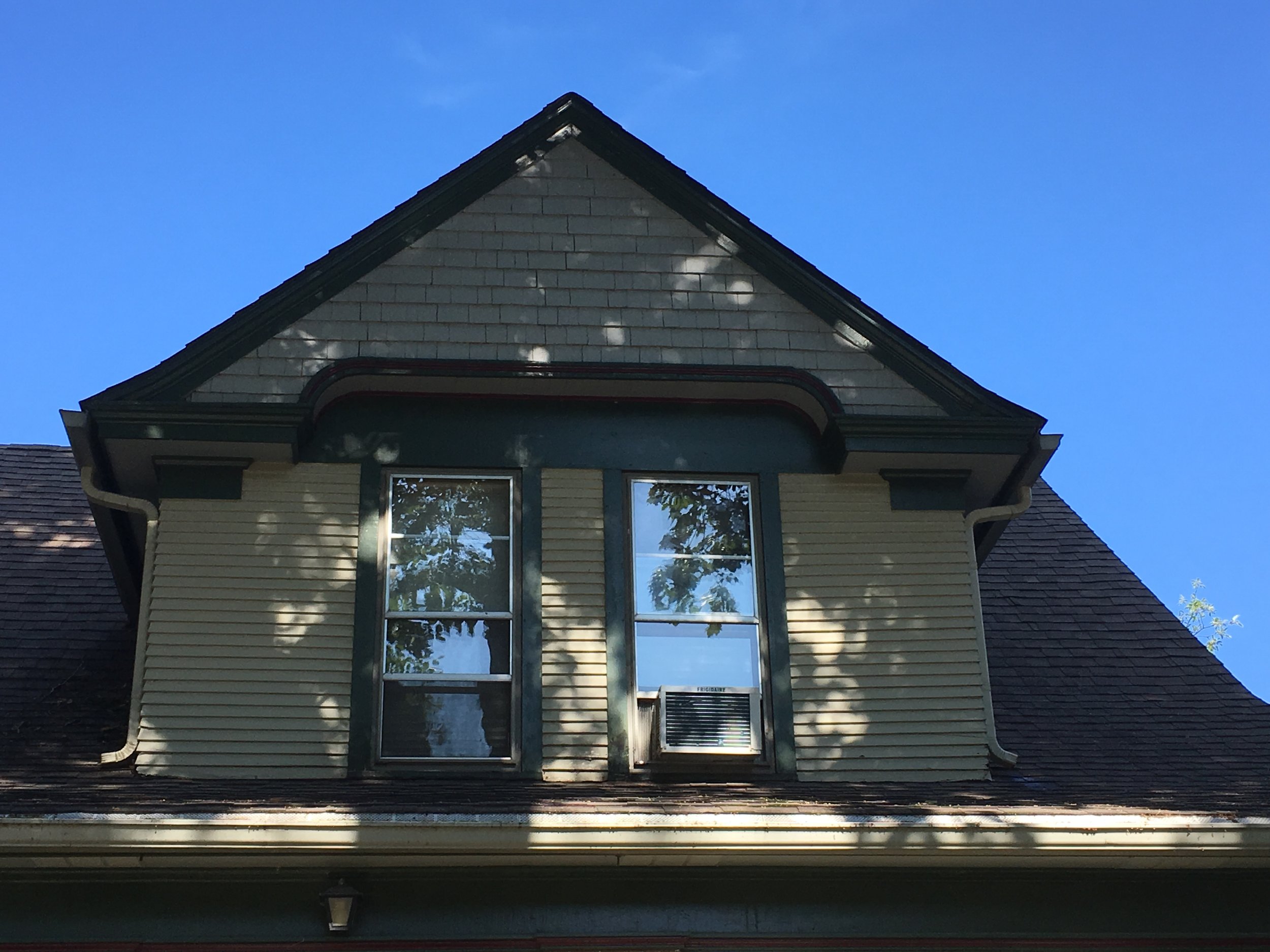269 HAMILTON AVENUE
HISTORIC SIGNIFICANCE
Built in 1905 by Royal C. Schlager, the house at 269 Hamilton Avenue was listed in the Elgin City Directory as costing $2200. Royal got married in 1908 and placed his new wife, Tillie, on the mortgage in the same year. In 1915, Royal died in a tragic explosion at his job in the Woodruff and Edwards Foundry. A few years prior, in 1909, the Schlager's sold the home to William and Alma Yurs. William was an employee at the Elgin Condensed Milk Company. After William's passing, Alma inherited the home and upon her own passing in 1920, her sister, Mabel, and brother-in-law, Walter Steiniger, took over ownership. Walter Steiniger worked for the Chicago, Milwaukee, and St. Paul Railroad, and after living at 269 Hamilton for 45 years, the family sold their home to Leland Cork.
Cork lived what many would consider the narrative of the American Dream. He started out as an attendant at George's Service Station, later on working to Weigel's Auto Safety Service. By 1970, he owner and operator of Cork's Mobil at 152 N. Spring Street. The same year, Cork also packed up and sold his property, moving to a larger home.
This house was featured on the 1989 Historic Elgin House Tour.
ARCHITECTURAL SIGNIFICANCE
269 Hamilton Avenue is an excellent example of the bungalow style. Typically characterized by a 1 and 1/2 storied structure, this home also showcases the side gabled sub-type, with a large centered dormer and wide overhanging eaves. Windows are seen with simple surrounds with many being the 3 over 1 pane style. While the front porch has been modified, it's inclusion in the structure is a marker of the bungalow style.
TIMELINE OF PREVIOUS OWNERS
Sources: 2004 Heritage Plaque Application; Audio: TextAloud



